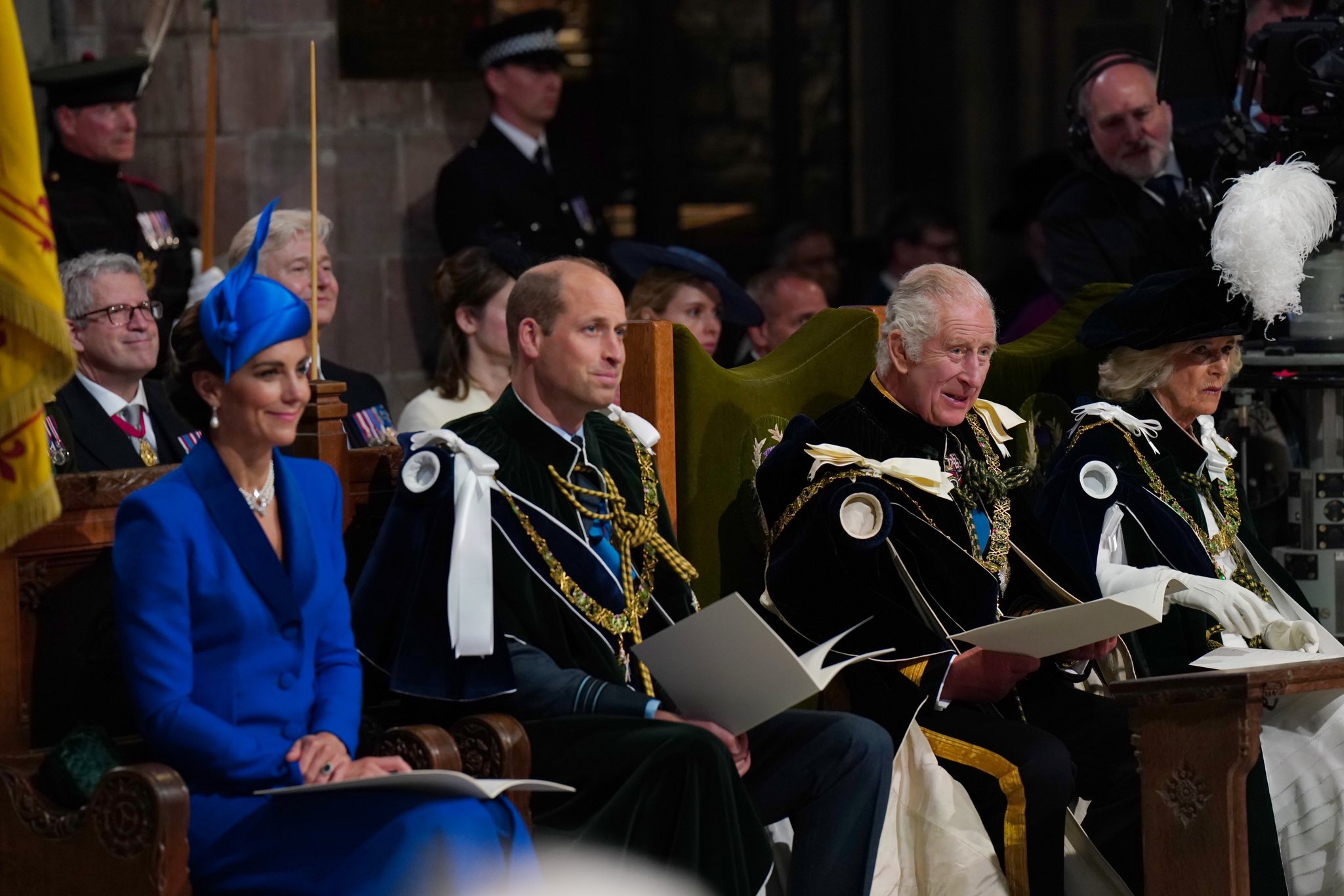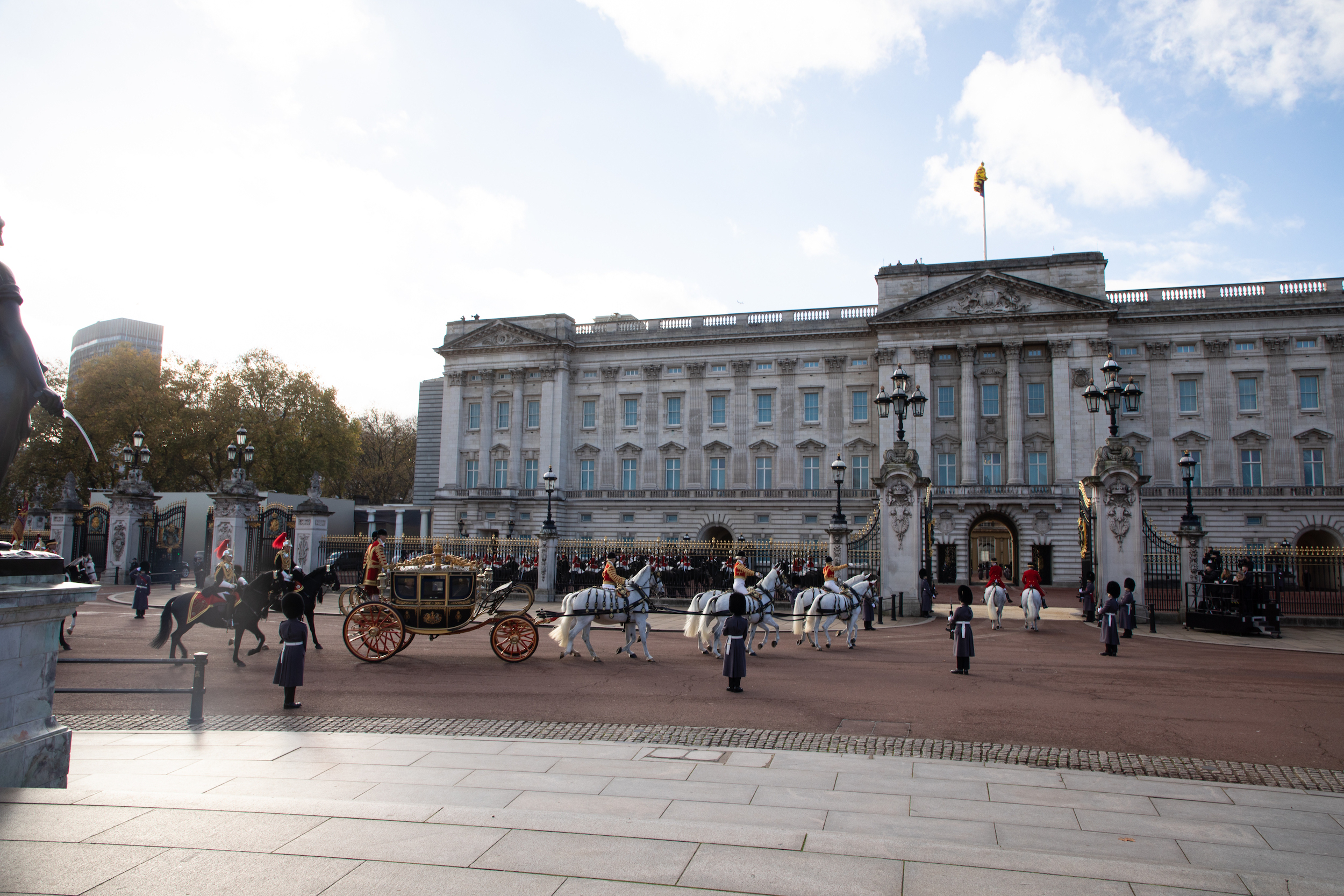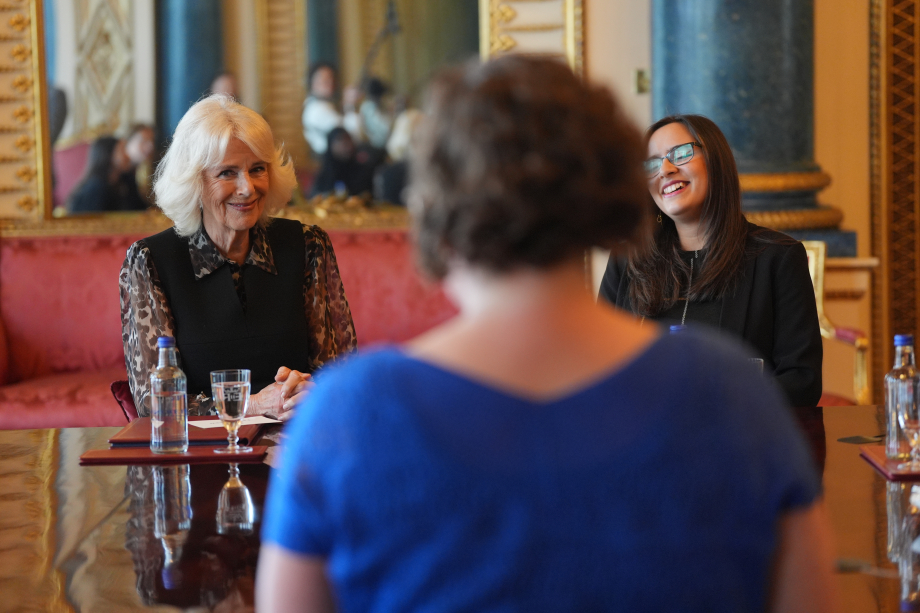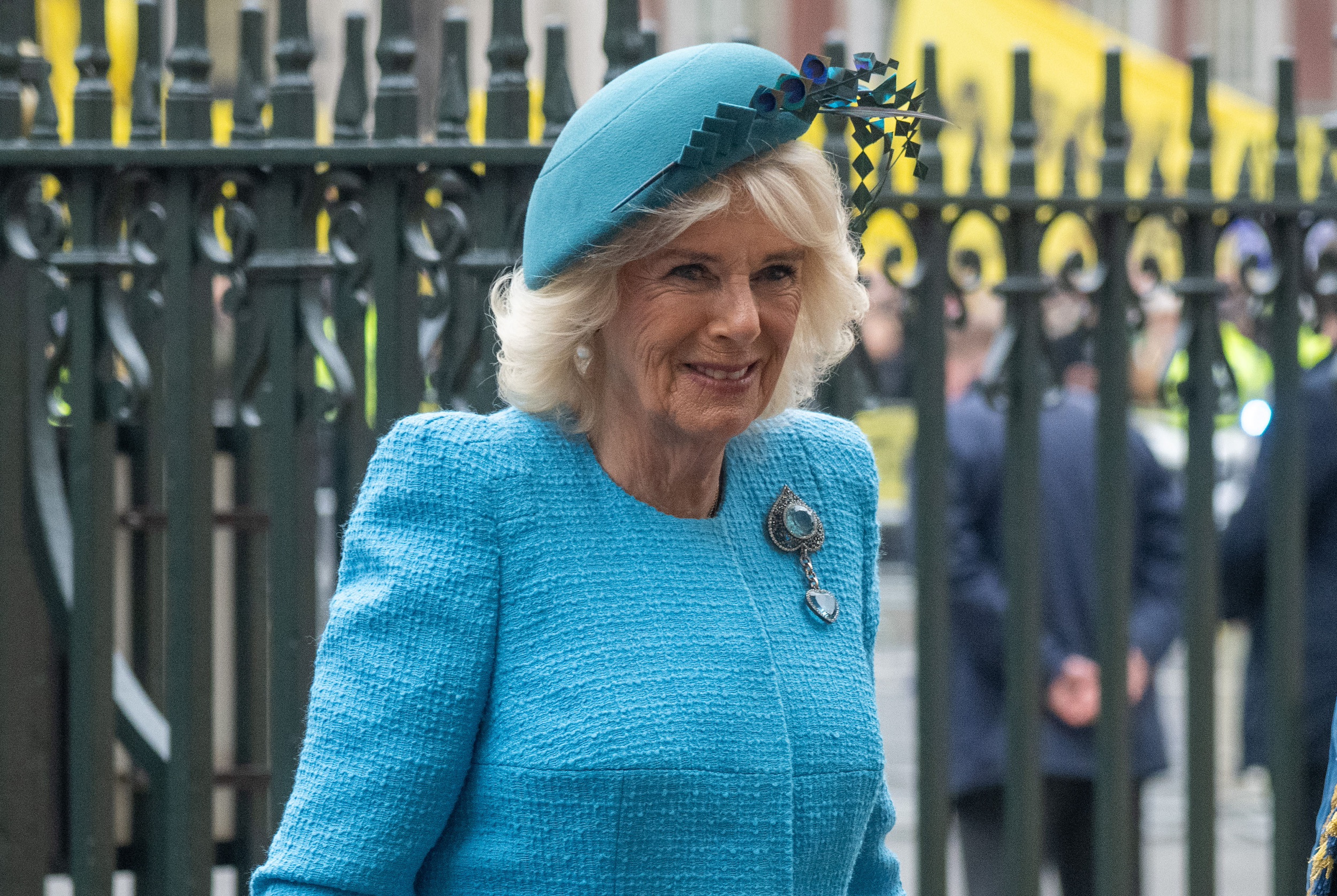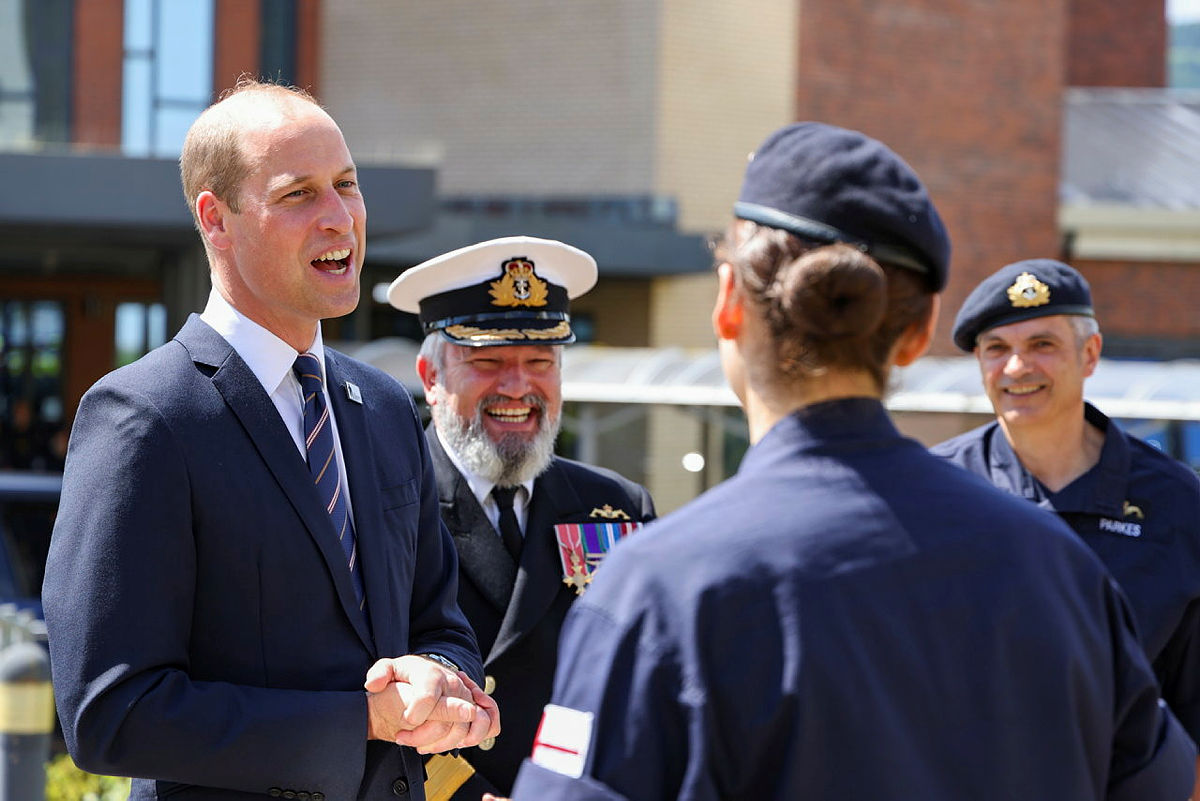On this day in 1952, The Queen was took her Accession Oath as Elizabeth II of the United Kingdom of Great Britain and Northern Ireland, and of Her other Realms and Territories Queen, Head of the Commonwealth, Defender of the Faith.

An Accession Council OTD in 1952 saw Queen Elizabeth take her oath as Monarch. The Proclamation is made from the balcony. Bigstock.
This was the second part of the Accession Council to convene, the first being on 6th February, which declared Princess Elizabeth, heir presumptive, as Queen; upon the conveyance of the news to Elizabeth, she and The Duke of Edinburgh returned to London from Kenya, where they had been undertaking an extensive tour of the Commonwealth in place of the ill King.
Part two of the Council is, in effect, the new Sovereign’s first Privy Council meeting and is attended by Privy Counsellors only. When the new Sovereign enters the room the business begins with a declaration relating to the death of the late Monarch.
The new Queen, 25, was accompanied by her husband for the 20 minute meeting, where she proclaimed herself Her Majesty Queen Elizabeth II: “By the sudden death of my dear father I am called to assume the duties and responsibilities of sovereignty.”
“My heart is too full for me to say more to you today than I shall always work, as my father did throughout his reign, to advance the happiness and prosperity of my peoples, spread as they are all the world over.”
She also took an oath, whereby Her Majesty gave assurances about the security of the Church of Scotland:
I, Elizabeth, by the Grace of God of the United Kingdom of Great Britain and Northern Ireland and of My other Realms and Territories King, Defender of the Faith, do faithfully promise and swear that I shall inviolably maintain and preserve the Settlement of the true Protestant Religion as established by the Laws made in Scotland in prosecution of the Claim of Right and particularly by an Act intituled “An Act for securing the Protestant Religion and Presbyterian Church Government” and by the Acts passed in the Parliament of both Kingdoms for Union of the two Kingdoms, together with the Government, Worship, Discipline, Rights and Privileges of the Church of Scotland. So help me God.
Elizabeth then signed two copies of the Instrument, recording the taking of the oath, which is witnessed by any members of the Royal Family present who are Privy Counsellors, the Lord Chancellor, the Secretary of State for Scotland, the First Minister of Scotland, the Lord Advocate of Scotland, the Advocate General for Scotland (if a Privy Counsellor) and the Lord President of the Court of Session.
Following this, the Lord President reads the remaining items on the List of Business, which The Queen approved. These concerned items such as the use of the Seals, which help facilitate the continuity of government. The Proclamation was signed by the Privy Counsellors as they leave the meeting.
The council meetings work almost exactly the same with the accession of each new Sovereign.
The first proclamation, which took place after part one of the Accession Council on 6th February, was read aloud from the balcony above Friary Court at St James’s Palace, as tradition dictates. The announcement was made by the Garter King of Arms, accompanied by the Earl Marshal (who is responsible for the ceremonial arrangements relating to the proclamation), other Officers of Arms and the Sergeants at Arms.
It began: “Upon the intimation that our late Most Gracious Sovereign King George the Sixth had died in his sleep at Sandringham in the early hours of this morning, the Lords of the Privy Council assembled this day at St. James’s Palace, and gave orders for proclaiming Her present Majesty.”
Gun salutes in London coincided with the reading of the proclamation, before the announcement was made in other major cities.
Nine months later, on 4th November, Elizabeth II attended her first State Opening of Parliament. Here she read and signed the Accession Declaration, as seen below, and then gave her first Queen’s Speech, setting out the government’s plans for the forthcoming session.

